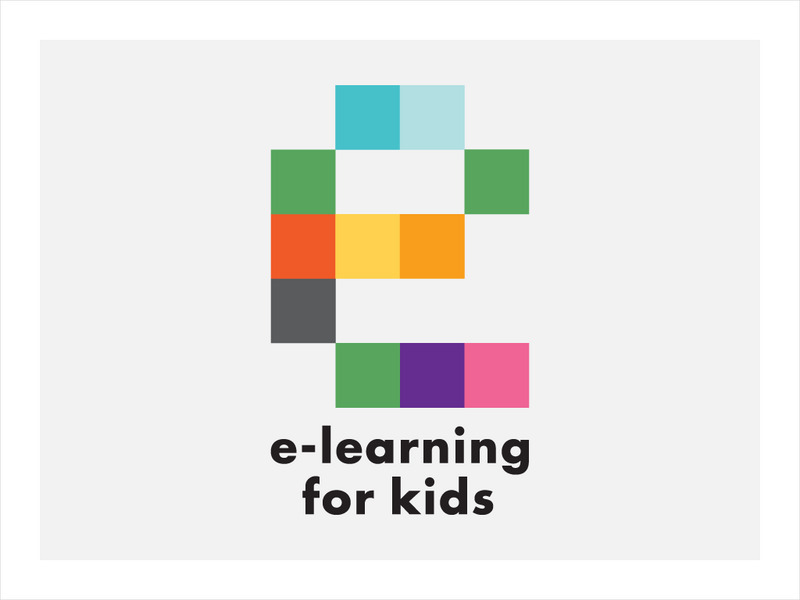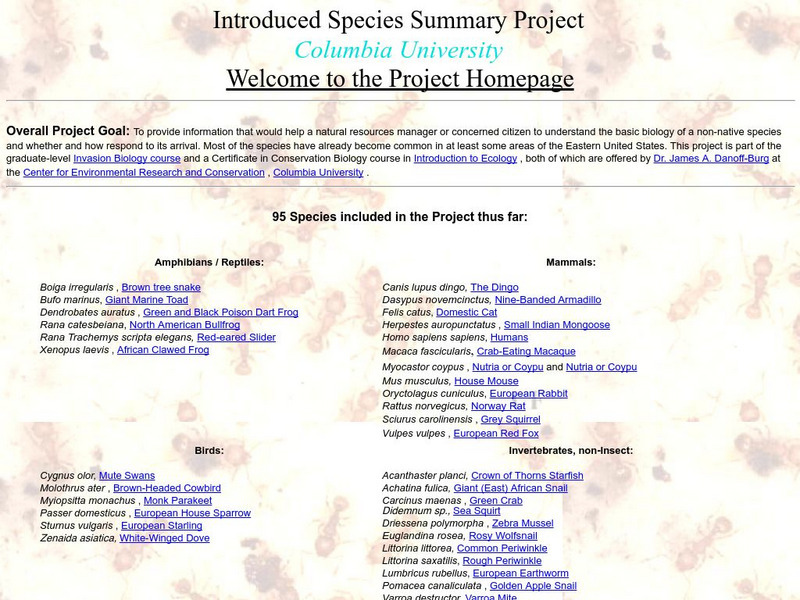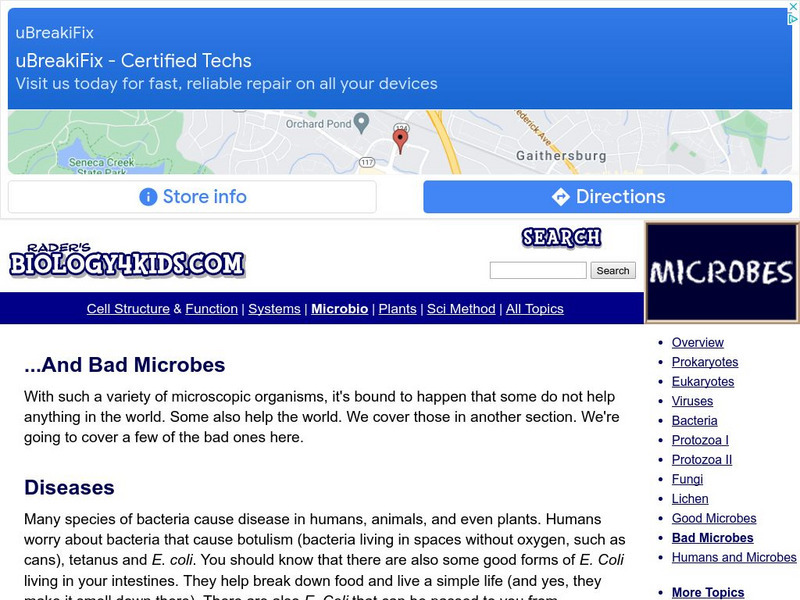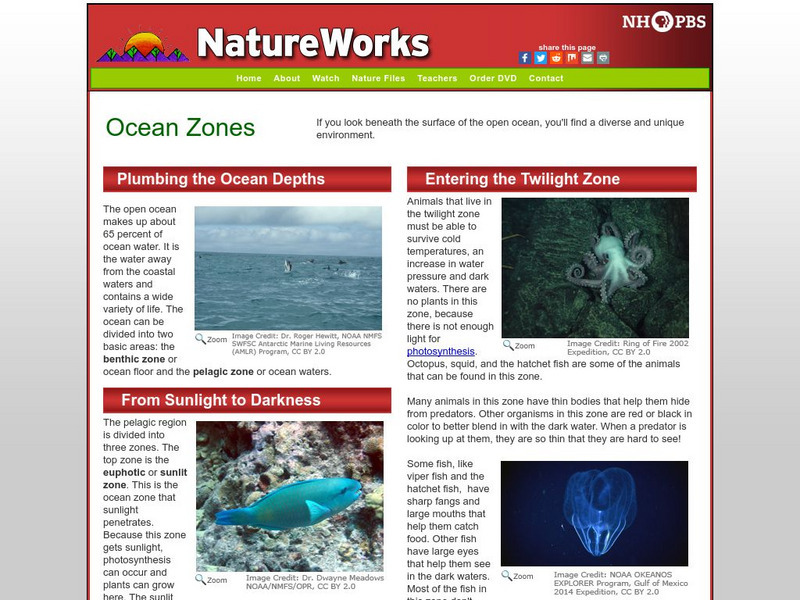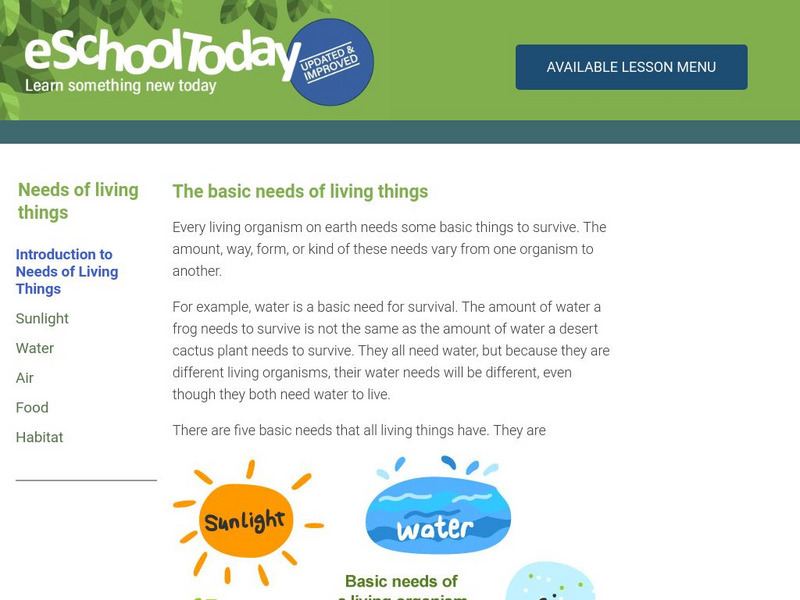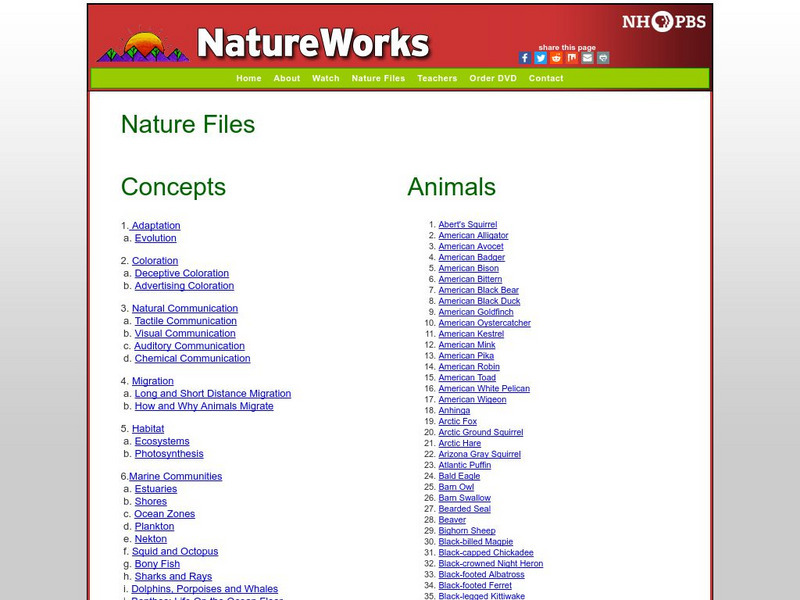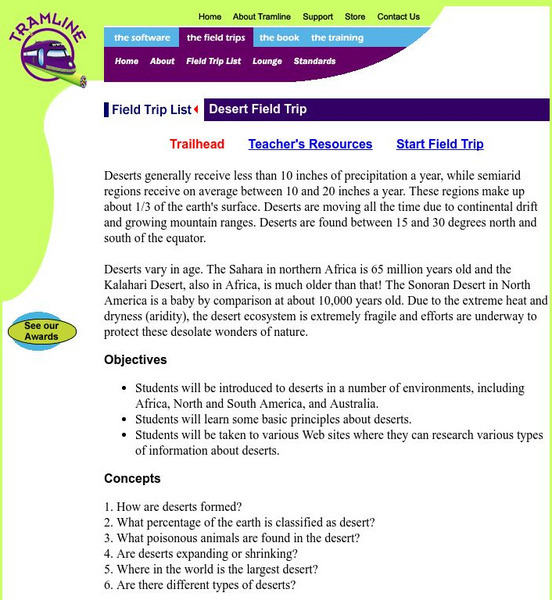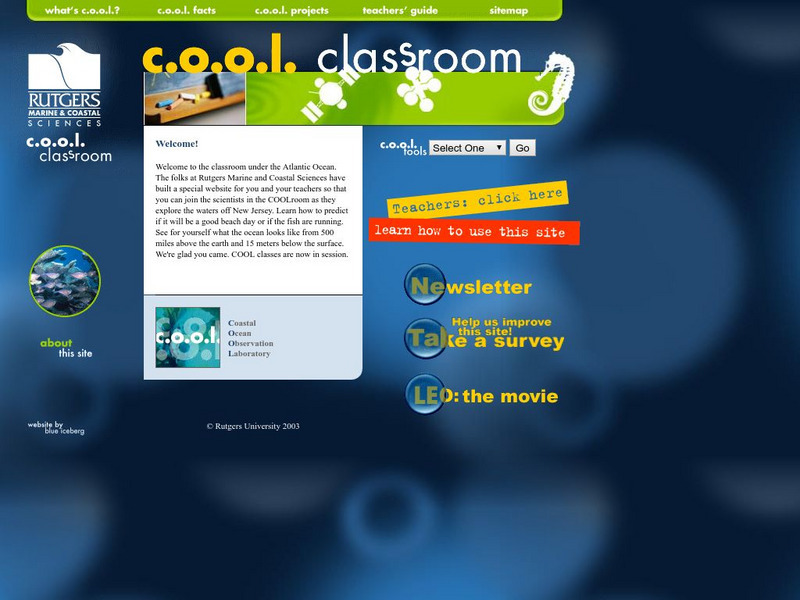E-learning for Kids
E Learning for Kids: Science: Nova Zembla: Why Do We Need Plants?
This module explores how plants help animals survive. Bobby is a scientist on Antarctica. He discovers many amazing uses of plants. Join him and help him learn.
The Wonder of Science
The Wonder of Science: K Ess2 2: Environmental Change
This NSTA vetted source includes resources to teach how plants and animals (including humans) can change the environment to meet their needs. Included are assessment ideas, videos, examples, lesson plans, and photos of student work.
Columbia University
Columbia University: Introduced Species Summary Project
The purpose of this website is to provide information that would help a natural resources manager or concerned citizen to understand the basic biology of a non-native species and whether and how to respond to its arrival. Most of the...
PBS
Pbs Learning Media: The Columbian Exchange
In this interactive lesson supporting literacy skills, students watch video dramatizations that tell the story of the Spanish explorers who arrived in the Americas with Columbus and introduced European, African, and Asian plants and...
Channel 4 Learning
Channel 4 Learning: Science Essentials: Life Cycles
Learn about the life cycles of plants and animals then demonstrate what you know with activities, a quiz, and related resources.
Biology 4 kids
Biology4 Kids: And Bad Microbes
There are many types of microorganisms which cause many diseases. Humans, animals, and plants may be affected by these bad microorganisms. Some of these illnesses are severe, but some can be treated and cured with the right medicines.
PBS
Nh Pbs: Nature Works: Ocean Zones
Discover more about the underocean environment at this site that surveys animals, environmental factors such as light and temperature, currents, animals, plants, and the like.
eSchool Today
E School Today: Your Revision Notes on the Needs of Living Things
Learn about the five things that all living things need to survive and why they are critical for both plants and animals.
E-learning for Kids
E Learning for Kids: Science: Pacific Ocean: What Can We Find on a Beach?
Josephine lives on the Marshall Islands. Follow her to the beach and find out what kinds of plants and animals live there.
Science Struck
Science Struck: Facts About the Jurassic Period
The Jurassic Period falls within the Mesozoic Era. Read about geologic events that occurred then, the climate, and the plants and animals, including the many types of dinosaurs.
The Wild Classroom
The Wild Classroom: Biomes of the World: Arctic Tundra Biome
Learn all about the Arctic Tundra Biome. This site discusses where it is found, temperatures, precipitation, soil, plants and animals. It also has a few videos to view.
Other
Study of Northern Virgina Ecology: Black Carpenter Ant
Lots of information about the black carpenter ant. Learn about their physical characteristics, colonies, life cycle, food sources, and predators. A detailed chart listing many plants and animals permits exploration of their relationships...
PBS
Nh Pbs: Nature Works: Nature Files
Resources to accompany a 16-episode science series created to help young minds better understand how plants and animals interact with their environment. A fantastic resource for elementary science teachers that includes state standards...
Tramline
A Desert Virtual Field Trip
Travel with your students on a virtual field trip and explore the deserts of the world! This is site is interactive and informative.
Tramline
Tramline: Salt Marshes Field Trip
Travel with your students on a virtual field trip to learn about saltwater marshes!
Other
Rutgers Marine & Coastal Sciences: Cool Classroom
Students and teachers can explore the work of marine scientists and observe the ocean from their computers. Learn about Rutgers Coastal Ocean Observation Laboratory, discover why oceanography is important, and see what life is like in...
Alabama Learning Exchange
Alex: Wearing Away the Mountains
The Tennessee River Gorge outside Chattanooga is recognized as a protected biosphere reserve by the United Nations due to its immense proportion of species to acres. Understanding the formation of the gorge helps explain why so many...
The Wild Classroom
The Wild Classroom: Biomes of the World: Desert Biome
Learn all about the Desert biome. Find out about plants, animals, adaptations, and conservation efforts.
Better Lesson
Better Lesson: Butterfly Bush Visitors
In this lesson, the children learn about how critters depend on the butterfly bush and how the butterfly bush, in turn, depends on it. Common Core writing skills are integrated as they take it to the next step, and create their own page...
CK-12 Foundation
Ck 12: Life Science: 3.18 Cloning
Understand the science and ethics behind human or animal cloning.
Teachers.net
Teachers.net: Who Lives in the Sea? A Class Book
A lesson plan where students work together to create an alphabet book filled with ocean plants and animals.
Mocomi & Anibrain Digital Technologies
Mocomi: Sahara Desert Facts and Information
Provides interesting facts about the Sahara Desert including its climate, plants, animals, and landscape.
Other popular searches
- Plants and Animals
- Arctic Plants and Animals
- Aquatic Plants and Animals
- Coastal Plants and Animals
- Artic Plants and Animals
- Plants and Animals Needs
- Plants and Animals Interact
- Desert Plants and Animals
- Plants and Animals Die
- Attic Plants and Animals
- Comparing Plants and Animals
- Animals Plants and Water
